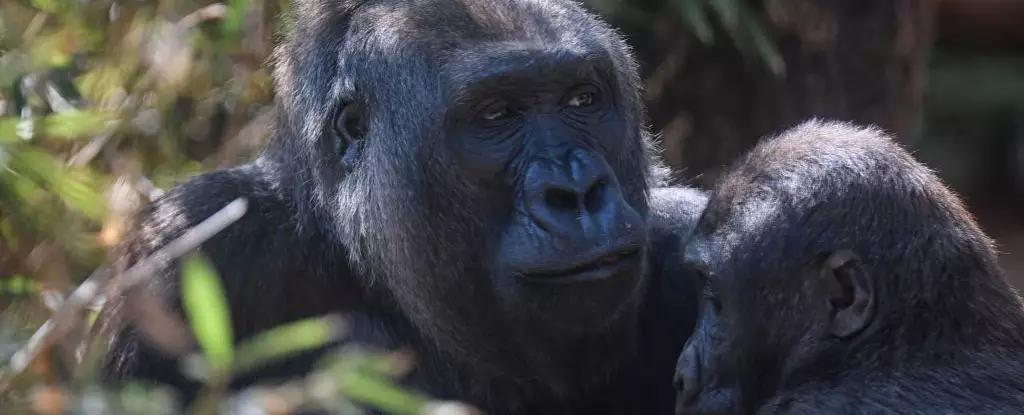The COVID-19 pandemic, which has profoundly altered daily life and global health paradigms since its emergence, has not yet receded into history. Recent research from a zoo in Brazil underscores the ongoing threat posed by the SARS-CoV-2 virus, the causative agent of COVID-19. The discovery that nine out of 47 animals tested positive for the virus highlights the complex interplay between humans and wildlife in today’s intertwined ecosystems. This situation not only poses significant implications for animal health but also challenges our understanding of zoonotic diseases—those that jump from animals to humans and vice versa.
Significant Findings from the Belo Horizonte Zoo
In a study conducted by scientists from the Federal University of Minas Gerais, testing was carried out at the Belo Horizonte Zoo between November 2021 and March 2023. The results were concerning: several species, including a maned wolf, a fallow deer, and a western lowland gorilla, were confirmed to carry variants of the virus. Specifically, the maned wolf and fallow deer harbored the Alpha variant, while the gorilla tested positive for the more recent Omicron strain. This finding is critical as it reinforces the likelihood of virus transmission through human-animal interactions—a dynamic that is inherently pronounced in a zoo environment.
The researchers were able to sequence RNA from the virus found in these animals and noted that the genetic makeup of the viral samples was closely aligned with those collected from local humans. This alignment indicates not only transmission from humans but also emphasizes how zoonotic spillover events can occur in settings where multiple species co-exist in proximity to human caretakers.
Zoos serve as microcosms for understanding infectious disease spread among species. They collect diverse animal populations from distinct taxonomic groups, leading to frequent interactions with humans— notably animal caregivers and zoo visitors. Given the crowded and complex living arrangements of zoo animals, there is considerable opportunity for viruses to leap between species. The burgeoning cases observed post-reopening of the zoo to the public in February 2022 suggest a potential uptick in infections due to interactions with the public.
Interestingly, the map layout of the affected animals indicates that many of them were located near each other, which could facilitate disease transmission within the zoo. This geospatial aspect adds another layer of complexity to managing animal health in such environments, emphasizing the need for heightened biosecurity measures.
The implications of these findings extend beyond the immediate health of the animals. Some species, like the western lowland gorilla, are critically endangered and are already facing numerous threats, including habitat loss and poaching. The susceptibility of such species to SARS-CoV-2 underscores the need for proactive measures to safeguard them from further imperiling circumstances that might arise from emerging infectious diseases.
Crucially, the detection of different variants of SARS-CoV-2 in these animals points to ongoing viral evolution within new hosts, raising alarms that we may be dealing with a continually adapting pathogen. The potential for zoonotic spillovers not only threatens wildlife but also increases the risk of future human outbreaks. This situation necessitates rigorous surveillance and early detection strategies, allowing for swift responses to manage and control outbreaks effectively.
The Way Forward: Enhancing Surveillance and Preventive Measures
As we strive to mitigate the impacts of SARS-CoV-2 on both human and animal populations, it is evident that a cross-disciplinary approach is essential. Researchers, veterinarians, and conservationists must collaborate closely to develop effective monitoring programs aimed at detecting infections quickly. Education and training programs for zoo staff and visitors can also play a pivotal role in reducing the risk of transmission.
Ultimately, the findings from the Belo Horizonte Zoo serve as a sobering reminder of the interconnectedness between human and animal health, a concept encapsulated in the One Health approach, which advocates for the health of people, animals, and the environment to be treated holistically. As we continue to navigate the landscape shaped by COVID-19, it is paramount that we remain vigilant, ensuring that both wildlife and human health are prioritized in our global response strategy.


Leave a Reply